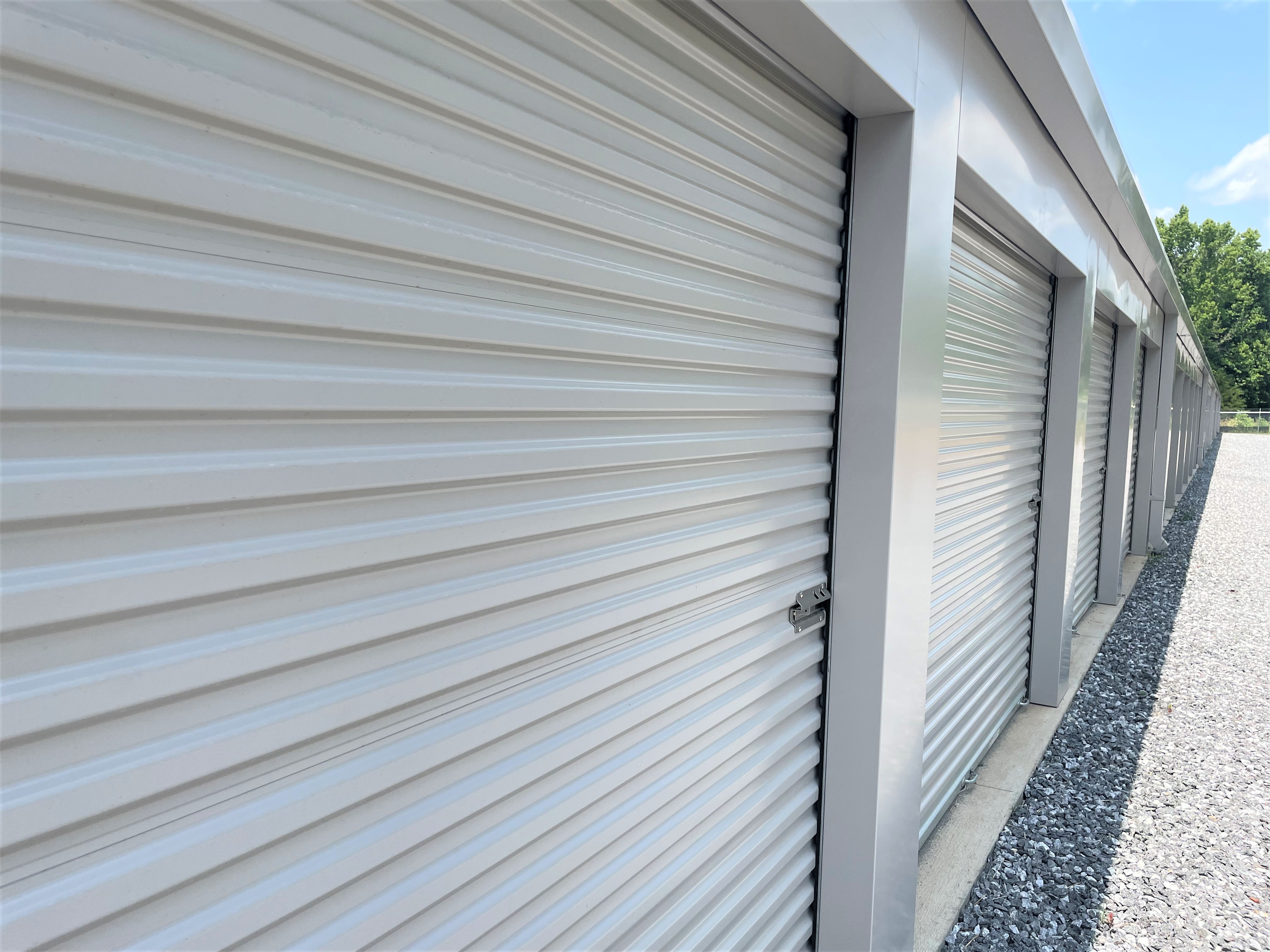How to Store Household Items and Furniture In an Outdoor Self Storage Unit
Hideaway Self Storage
September 20th, 2023

Storing household items and furniture in a non-climate controlled storage unit requires some careful planning and preparation to ensure your belongings remain in good condition. Non-climate controlled storage units can be subject to temperature fluctuations and humidity, so it's important to take steps to protect your items. Here are some tips on how to store your belongings in such a unit:
1. Clean and Prepare Your Items:
- Thoroughly clean and dust all items before packing them. Dirt and grime can attract pests and damage your belongings over time.
- Disassemble furniture whenever possible to save space and make it easier to transport
2. Use Appropriate Packing Materials:
- Invest in high-quality packing materials, such as sturdy boxes, bubble wrap, packing paper, and furniture covers.
- Use mattress and furniture covers to protect against dust, dirt, and potential moisture.
- Seal boxes with strong packing tape to keep out dust and pests.
3. Elevate Items Off the Ground:
- Place wooden pallets or boards on the floor of the storage unit to create a barrier between your belongings and any potential moisture that may seep in from the ground.
4. Arrange Items Strategically:
- Place heavier items at the bottom and lighter items on top to prevent damage.
- Leave pathways between boxes and furniture to access your belongings easily.
5. Wrap and Protect Delicate Items:
- Wrap fragile items like glassware and ceramics in bubble wrap or packing paper. Place them in sturdy boxes, and label them as fragile.
- For electronics, consider using anti-static bubble wrap and storing them in their original packaging, if available.
6. Disassemble and Wrap Furniture:
- Disassemble furniture, such as tables and bed frames, to save space and prevent damage during transportation.
- Wrap furniture in blankets or furniture covers to protect against dust and potential moisture.
7. Use Desiccants:
- Place desiccant packs (moisture-absorbing packets) inside boxes to help control humidity levels and prevent mold and mildew growth.
8. Lable Boxes Clearly:
- Label each box with its contents and destination room to make it easier to find what you need later.
9. Monitor Your Storage Unit:
- Visit your storage unit periodically to check for any signs of damage, pests, or moisture buildup.
- Consider using a dehumidifier or moisture-absorbing products if you notice excessive humidity inside the unit.
10. Consider Tenant Protection Plan or Insurance:
- Consider getting an adequate tenant protection plan or an self storage insurance policy for your stored items to protect against unexpected damage or loss.
11. Be Mindful of Seasonal Changes:
- If you're storing items for an extended period, be aware of seasonal temperature fluctuations, as extreme heat or cold can affect certain items, such as electronics and wooden furniture.
By following these steps and taking precautions, you can help protect your household items and furniture while they are stored in a non-climate controlled storage unit.
Categories
_06012023182535974.jpg)